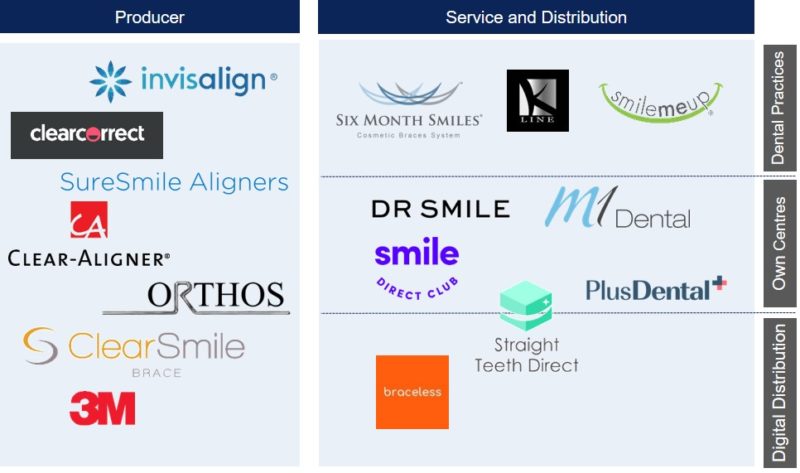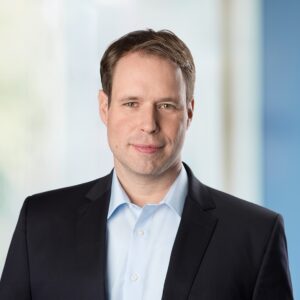- Home
- News & Insights
- Aligner startups stirring the German dental market
Aligner startups stirring the German dental market
Transparent aligners have been gaining more and more awareness among consumers in Germany for some months now. Nevertheless, aligners are not a completely new invention.
The US company Align Technology had already launched the „Invisalign“ aligners in 1997 and, according to its own statements, has treated more than four million people in the past ten years.
After the patent expired in 2017, new manufacturers and suppliers entered the market. The aligners are competing with the classic brace, which is increasingly unattractive, especially for patients in young adulthood, due to the long period of use, high costs and clear visibility.
Ailgners gaining ground in Europe and Germany
The sale of aligners has gained considerable momentum and achieved high growth rates, especially in the last 3-5 years. An estimated $2.5 billion was sold worldwide in 2017, with an annual growth rate of 16% expected until 2023. The core market for such offerings is currently still the USA, but concepts are increasingly active on the European and German markets.
In Germany there are now around 15 suppliers of aligners, including both the internationally established market leaders such as Invisalign or Clear Correct and young start-up concepts such as DrSmile or Sunshinesmile. In some cases, the leading brands are backed by major corporations such as Straumann, Dentsply or Align Technology, which in turn is a strong indicator that aligners will be an established product in the dental market in the foreseeable future.

From manufacturing to sales only concepts – competition of business models
The suppliers can basically be distinguished according to whether they themselves are manufacturers of aligners or whether they are pure brand and distribution concepts that buy and remarket their aligners. As far as the distribution channels are concerned, very different approaches are also being pursued: in addition to distribution via dental practices, new providers are increasingly focusing on purely virtual concepts in which the treatment is carried out online and the aligners are sent to the recipient. In addition, some rather higher-priced providers operate their own consultation and treatment centres.
Aligners on the way to mass production and the challenge to stand out
Given the increasing density of providers, it is likely that pressure on market prices will arise in the medium term – a concentration in the lower price range of €1,500-2,000 is already apparent in Germany. It is uncertain whether and under what conditions higher-priced concepts can be sustained on the market in the long term and what differentiation possibilities exist to justify higher prices. Ultimately, the real difference between the providers lies primarily in the treatment process and in the presence of the provider in practices and own locations. Since, especially in the case of start-ups, sales concepts are usually based on purchased aligners, differentiation in terms of product quality is largely ruled out.
As already seen in the US, the aligners will likely develop also in Germany into a mass product with a high degree of standardization and limited margins, which will become part of the standard portfolio of many dentists and orthodontists. The challenge for the smaller boutique providers will be to successfully create a (higher-priced) niche in the aligner market and to serve it with a specific brand profile.
